Before and after photos of the lighting and post processing for Project 3, “A Hand Against Time”. And small blog post on the process.
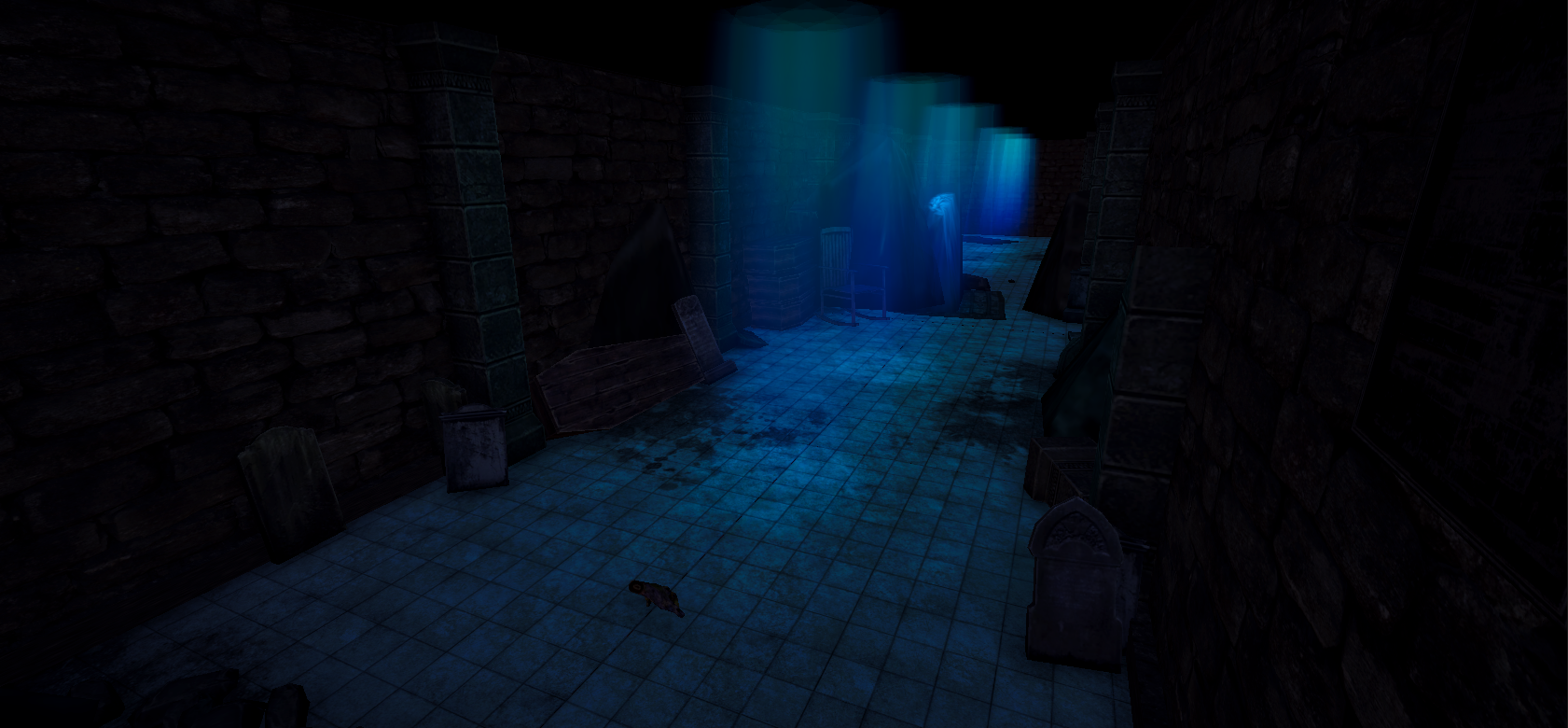
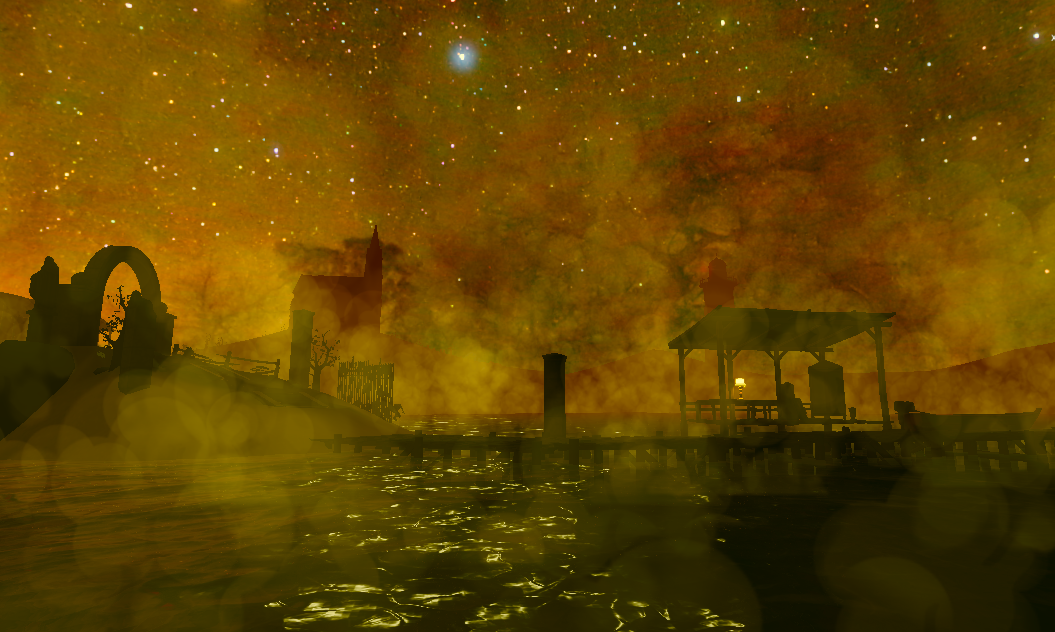
My goal for this project was to work with a dark yet vibrantly lit environment. To do this I darkened the ambient occulsion as well as adjusting the color grading to use less blues and adding them back after to the whole image. Since light shafts aren’t a feature of Unity3D, I found some in a free graveyard asset pack on the Unity Asset Store.
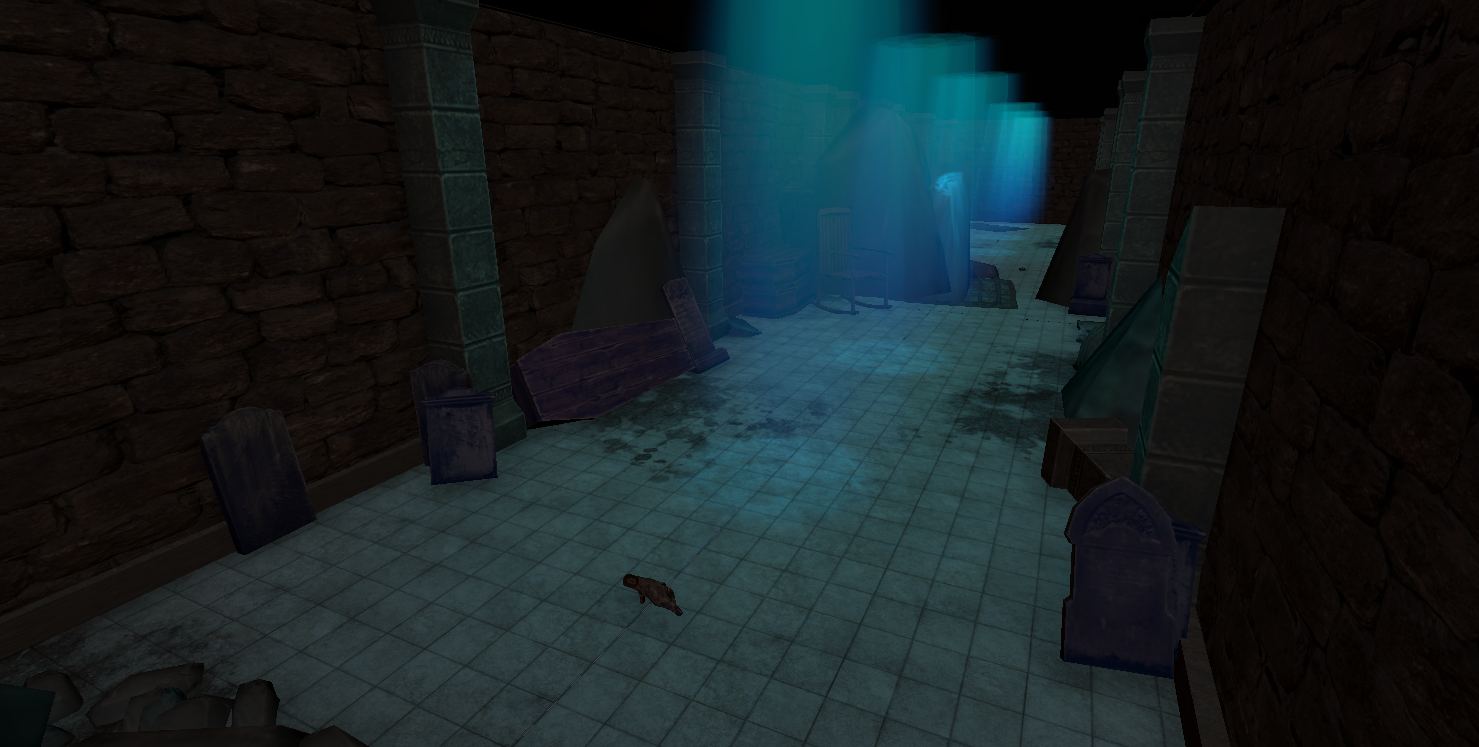
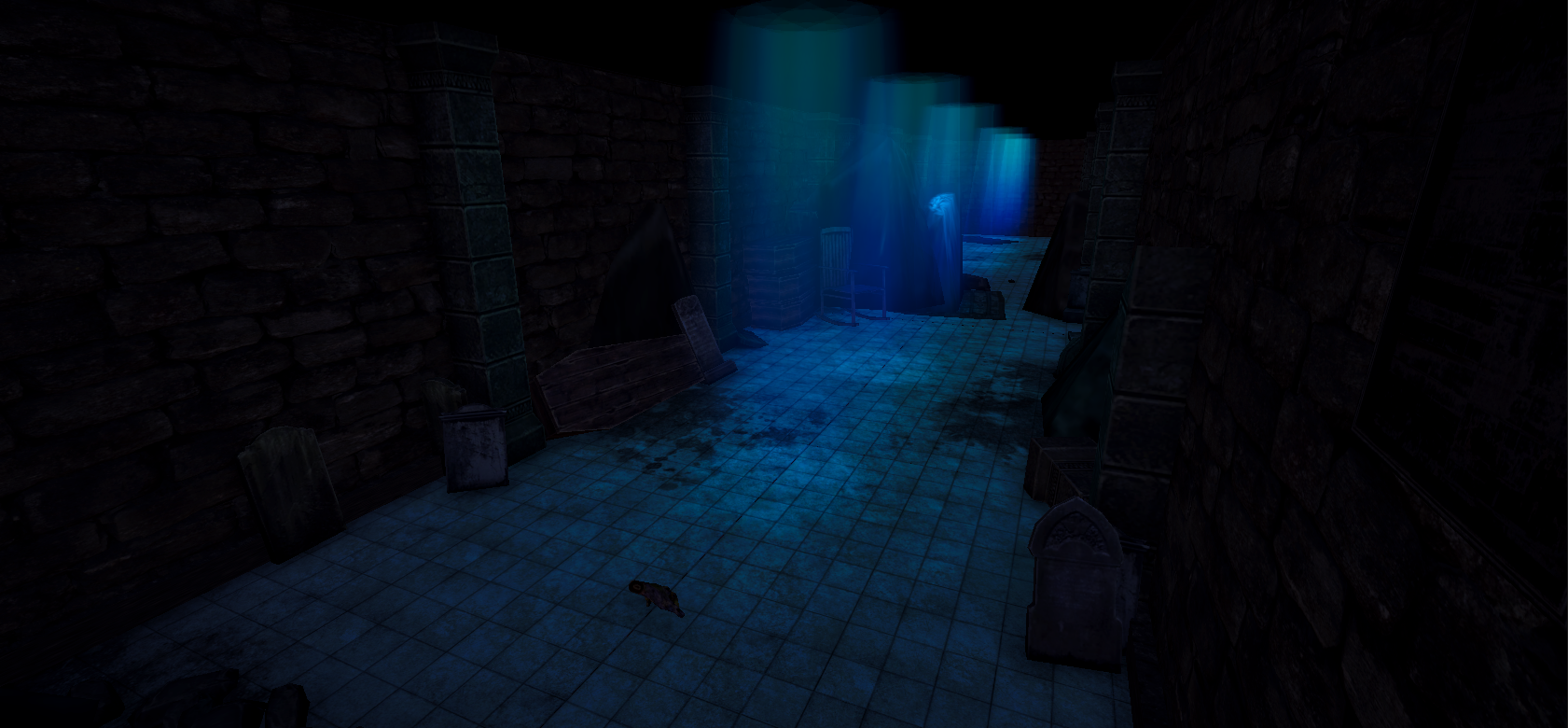
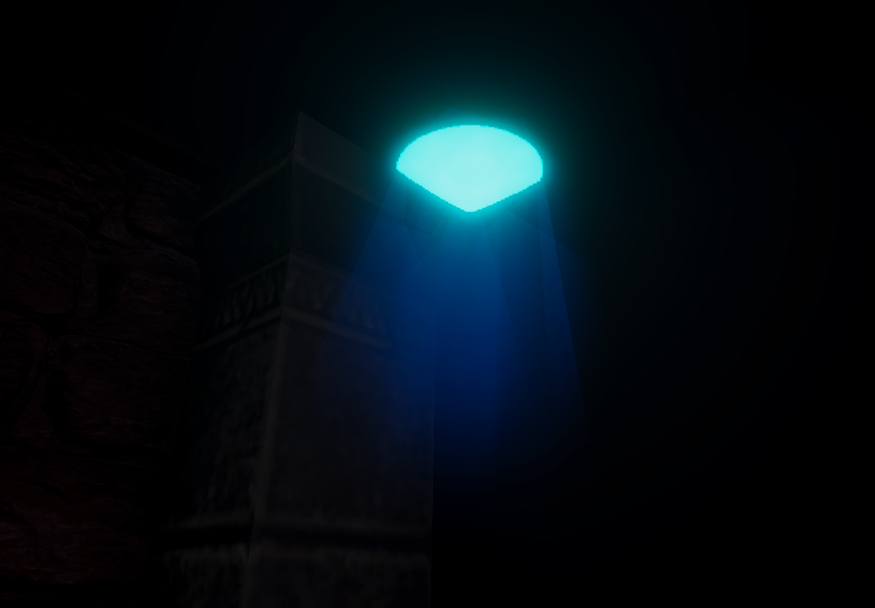
The main mechanic of this intro sequence is telekinesis in this game. When the player hovers their cursor over a manipulatable object it highlights it. When left click is held it pulls the object towards a point in front of the character until either released or thrown by right clicking with a current object being manipulated.
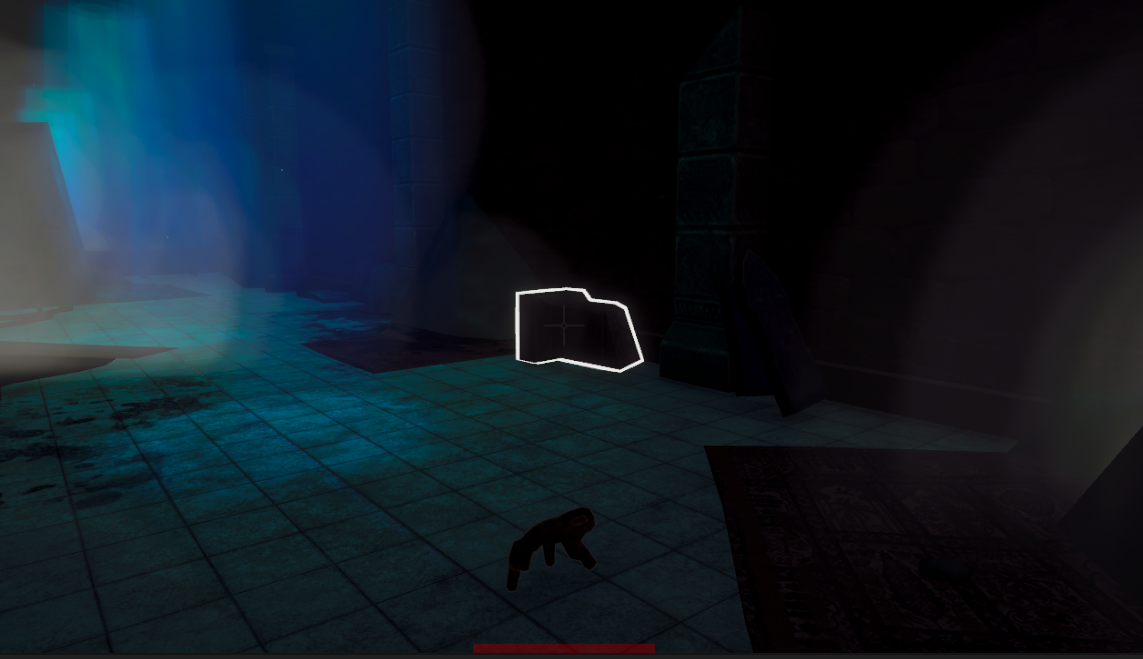
Interior, Evoking sad and claustrophobic feelings
Exterior, “Acid swamps”, Evoking danger but freedom
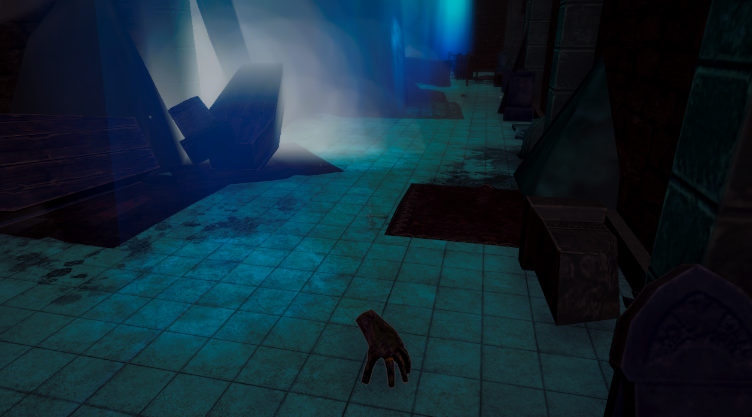
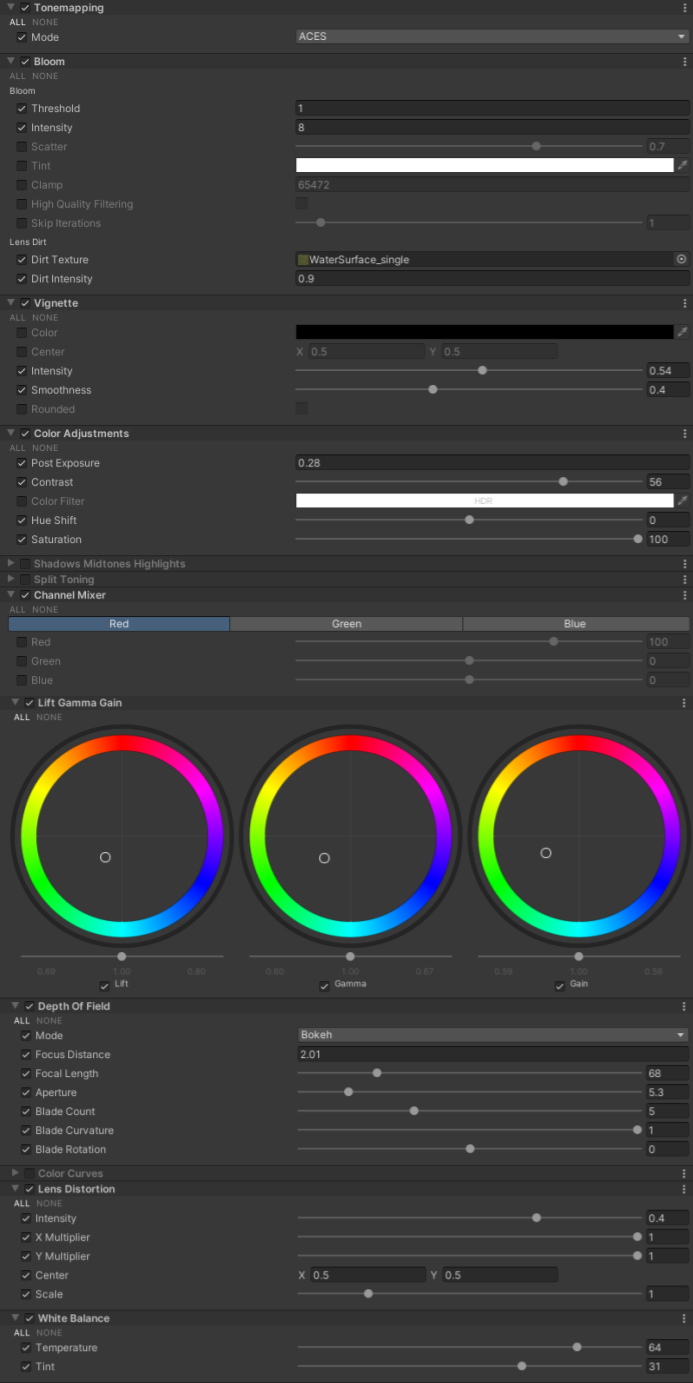
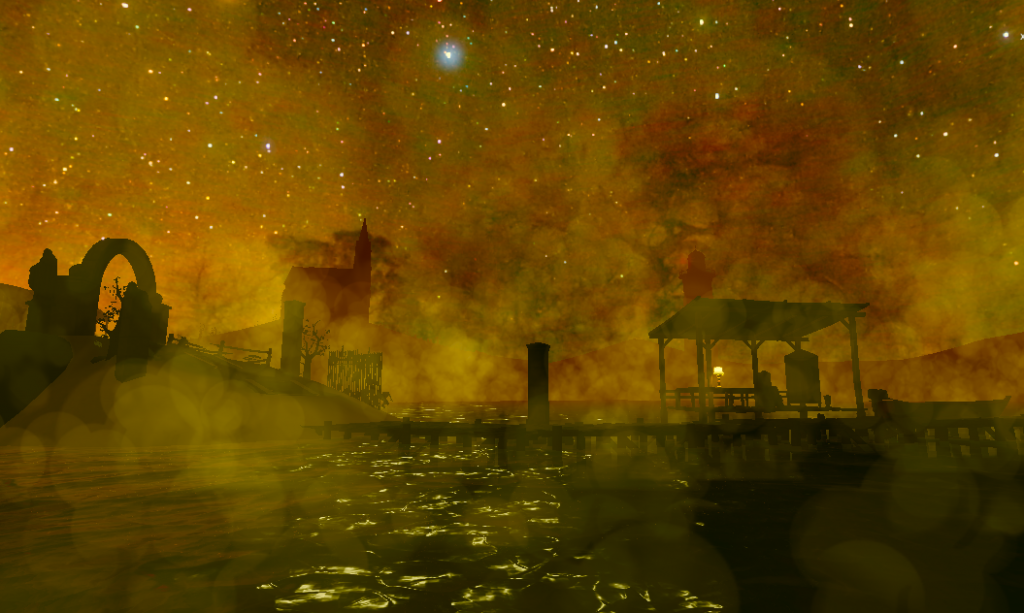
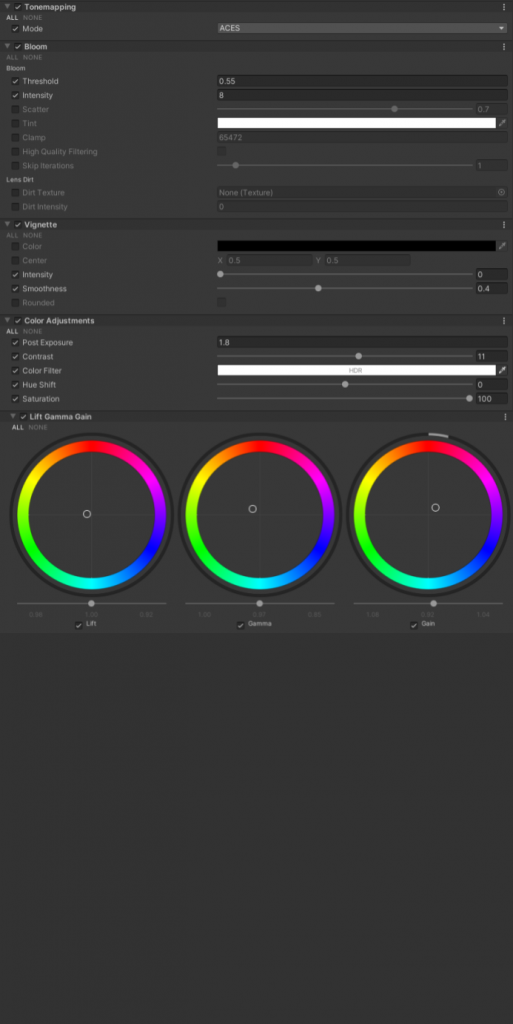
Conclusion on Lighting and Post-Processing in “A Hand Against Time”
In “A Hand Against Time,” lighting and post-processing were integral to achieving the desired atmospheric tone and enhancing the gameplay experience. My primary goal was to create a dark yet vibrantly lit environment, and I accomplished this by adjusting ambient occlusion to deepen shadows and modifying the color grading to remove blues initially, then layering them back into the final image. This method helped to craft a visually distinct environment, enhancing the game’s darker mood.
Since Unity3D lacks native support for light shafts, I sourced them from a free graveyard asset pack, which added depth and atmosphere to the game’s settings. These light shafts helped guide players through key areas while reinforcing the tension between light and dark in the game world.
The core telekinesis mechanic, where players manipulate objects by highlighting and pulling them with the cursor, was further emphasized through the lighting design. The objects’ highlights, coupled with post-processing effects like bloom, made the mechanic visually clear and engaging.
Additionally, the implementation of filmic ACES tonemapping enriched the visual experience by boosting contrast and color depth, aligning with the dark tone of the game. This tonemapping helped to enhance both the lighting and the overall atmosphere, making light sources feel more intense and shadows more ominous, amplifying the player’s sense of immersion and interaction with the world. Overall, the combination of lighting and post-processing significantly elevated the gameplay experience in “A Hand Against Time.”

Leave a Reply